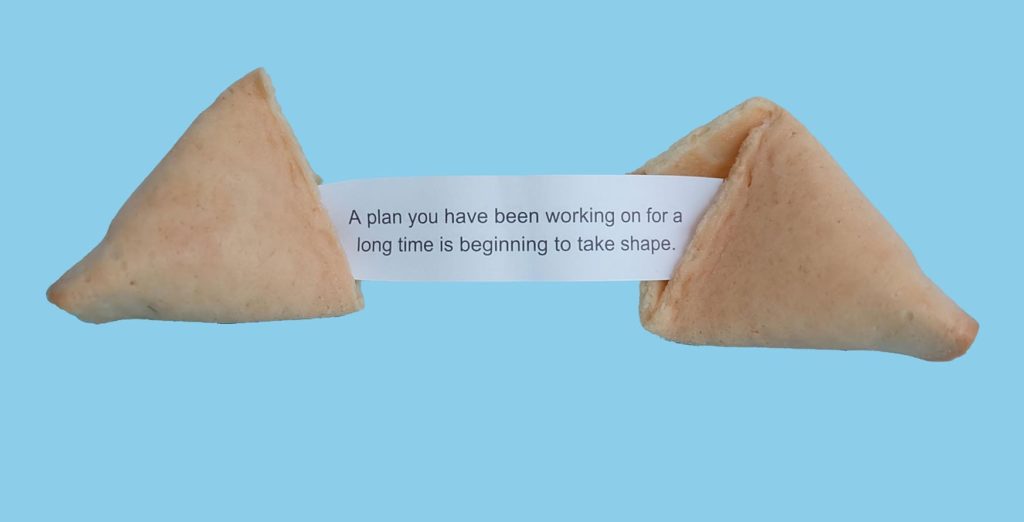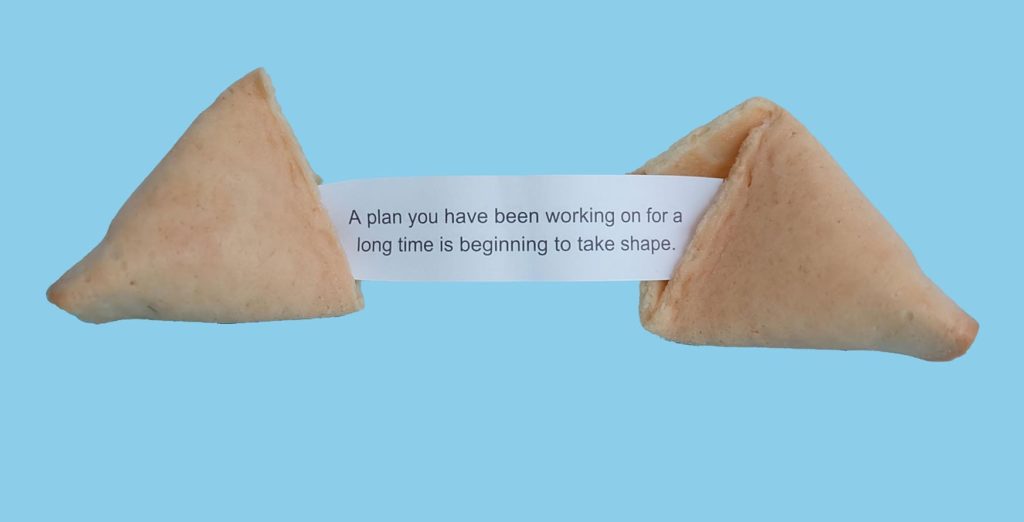
What does the future hold? If you have a plan, you can conquer whatever comes your way.
Here’s a checklist to help you achieve all your sustainable waste management goals for the year.
(This post has been updated. It was originally published in 2021)
1) Check Compliance – Download Our Guide
Are you in compliance with local laws? Or are you exposing your business to costly fines? Regulations are often updated, and new requirements added. So, make sure you check the regulations that apply to your business at least once a year. The start of a new year is a good time to do this. Take note of the date at which enforcement starts and give yourself enough time to get ready to be in compliance.
Keep in mind that requirements change depending on where your business is located. Even if all your offices or outlets are located in the same state, local laws may differ. Download our free sustainable waste management regulatory compliance guide to help you maintain compliance.
Remember, legal compliance is not simply a business necessity–it is a valuable tool that guides your business towards greater efficiency and recognition as a leader in sustainability.
2) Review Your Waste Hauling Contracts and Needs
Are your waste hauling needs being met? Do you need to rightsize bins or reduce the number of pickups? Are you in a position to ask for any price adjustments? Is the data you are getting from your haulers accurate? Take a little time at the start of the year to ask these questions and review your needs.
3) Educate
Remind your colleagues and employees how your waste program works, and how to recycle right in order to divert the maximum amount of material from landfills and incineration. Across much of the country, it is mandatory to provide waste management guidelines to tenants in buildings at least once a year. So, plan some training sessions, distribute educational materials like flyers or handbooks, and ensure signage (which buildings are required by law to post on bins and at waste disposal stations) are clear. Need signage or training? Ask your Great Forest representative.
4) Review Your Waste Data and Infrastructure
Review data from waste audits completed the previous year to see the amount and type of waste your business is generating, landfilling and diverting. Are you on target or falling behind? Use the insight to compare year-over-year waste performance and set new goals. Having a baseline is necessary to understanding what is happening, so you can make and track improvements.
In addition, do a walk through of your business facility to check your waste infrastructure. This can help answer questions such as how clear and consistent your labels/signage are, how well-versed your staff and tenants are with your waste program, how effective your education and outreach efforts are, and if you have any compliance issues.
Note: Great Forest clients can log into their metrics portal to access their waste data. Great Forest also produces a waste infrastructure scorecard for clients with a scoring system that shows how a business is performing, and what to do to optimize waste management programs and stay in compliance.
5) Focus On Your Waste Strategy
Focusing on reducing waste is one of the most effective ways to make an impact in the face of increasing waste costs and growing public concern over climate change, carbon footprint reporting, and other CSR (Corporate Social Responsibility) and ESG (Environmental, Social and Governance) goals. Businesses should:
- Conduct a waste audit at least once a year to understand what they are generating and diverting
- Calculate GHG from waste
- Implement a plan to move towards Zero Waste
- Inspire behavior change by helping their employees, tenants and customers develop good sustainable habits at work and at home.
Have a question? Speak to one of our Zero Waste-certified experts? We are here to help.

